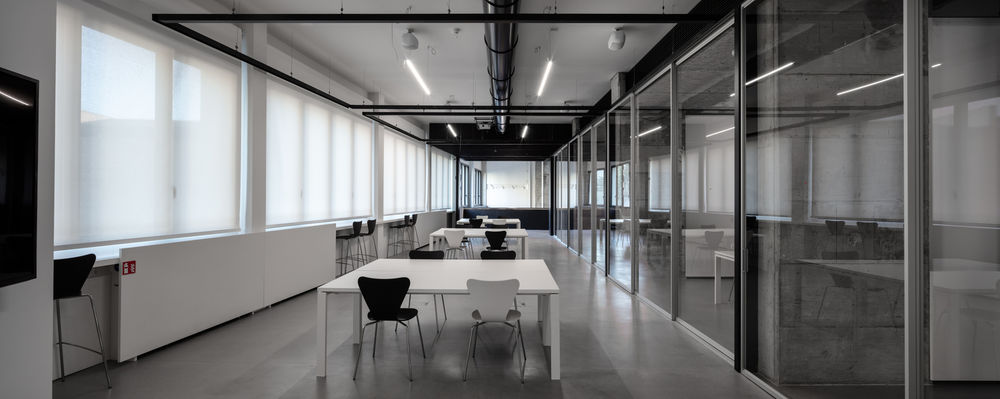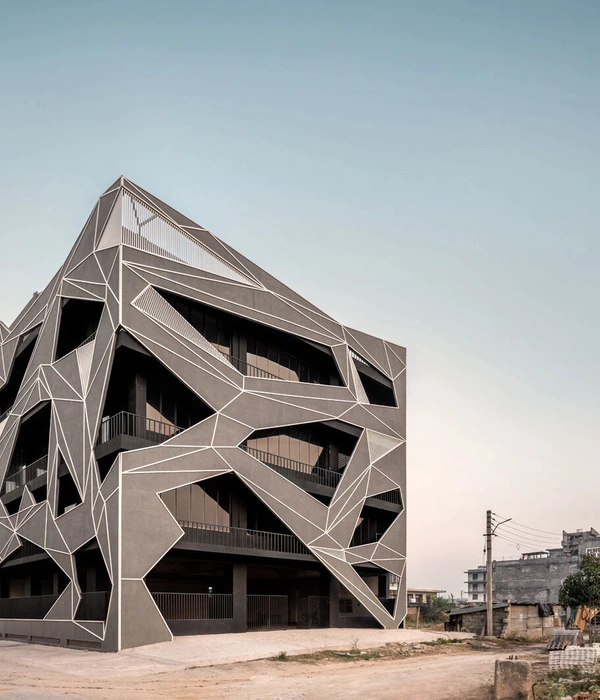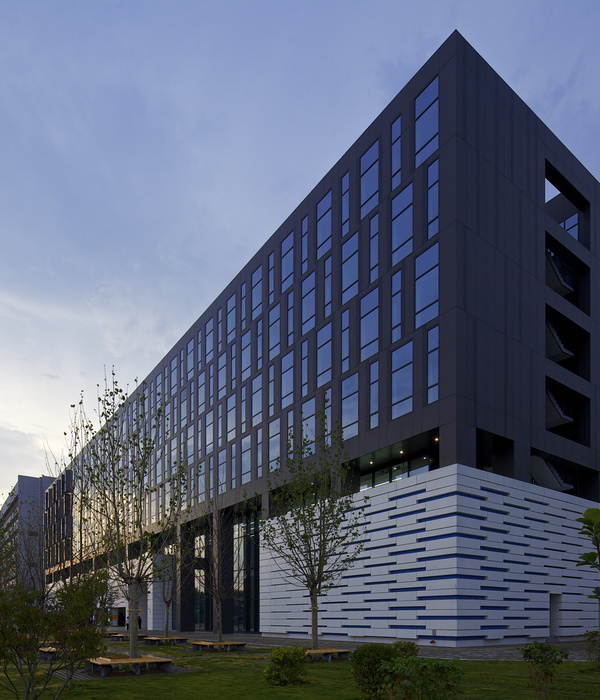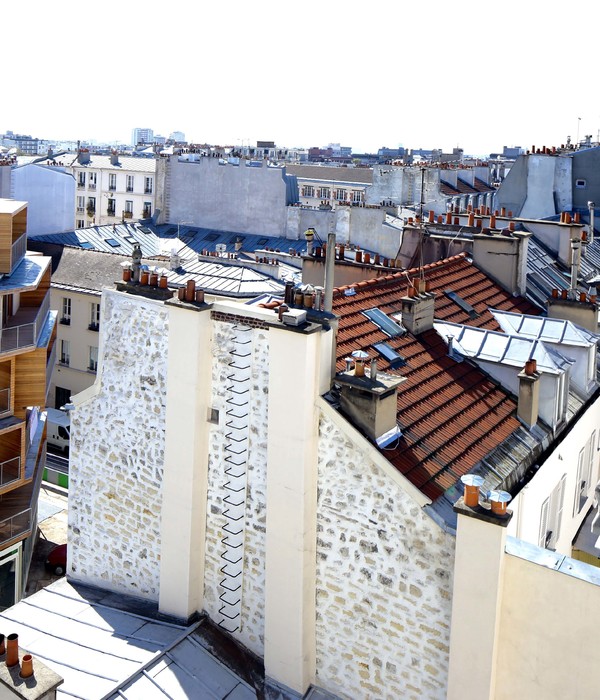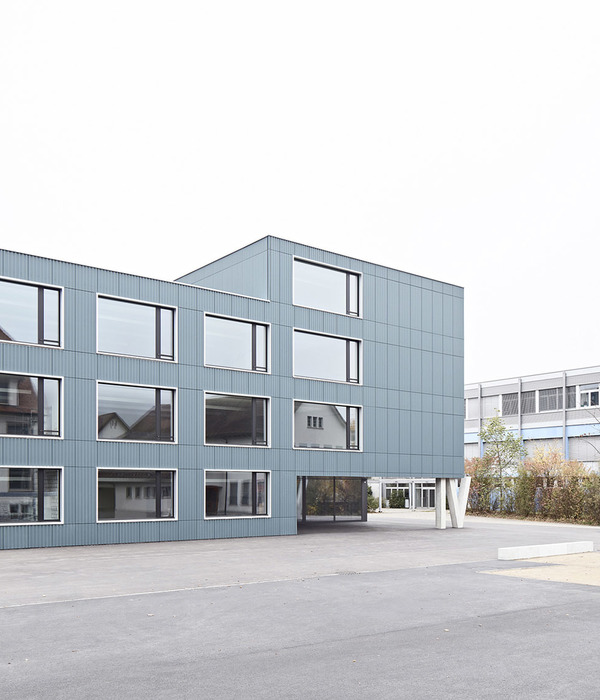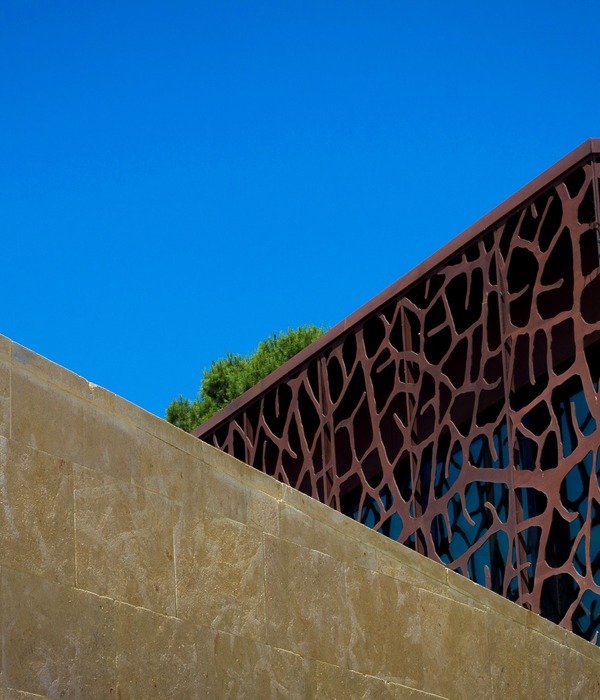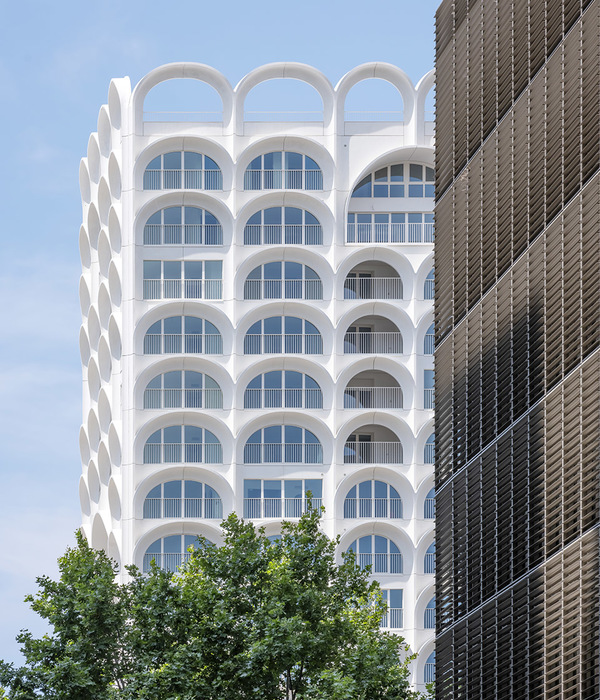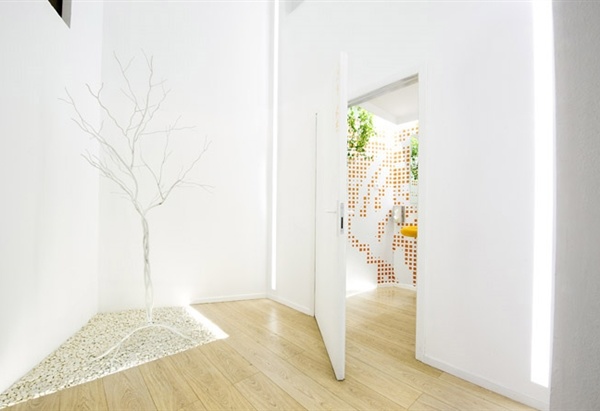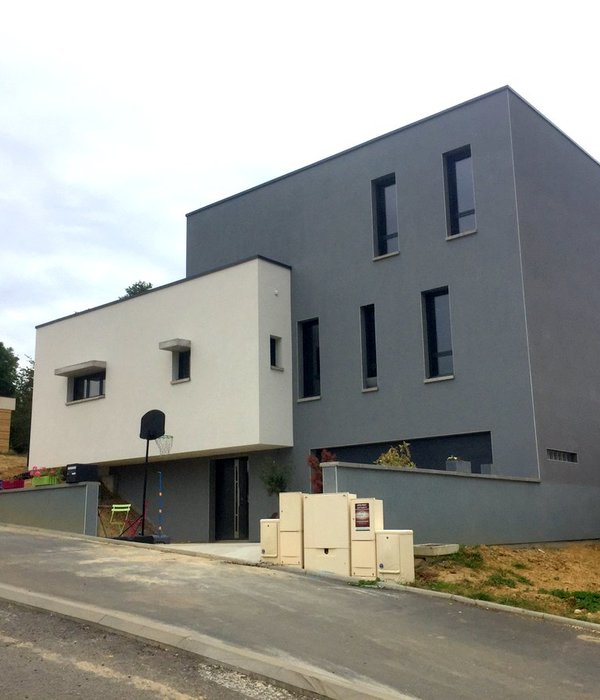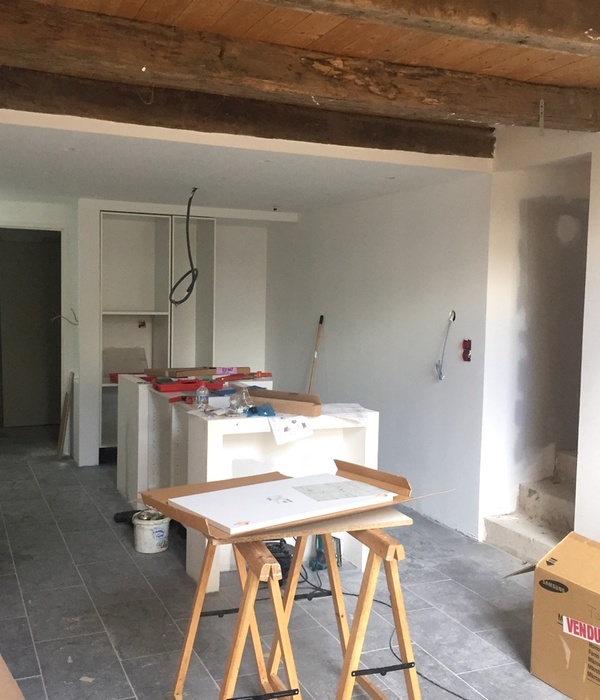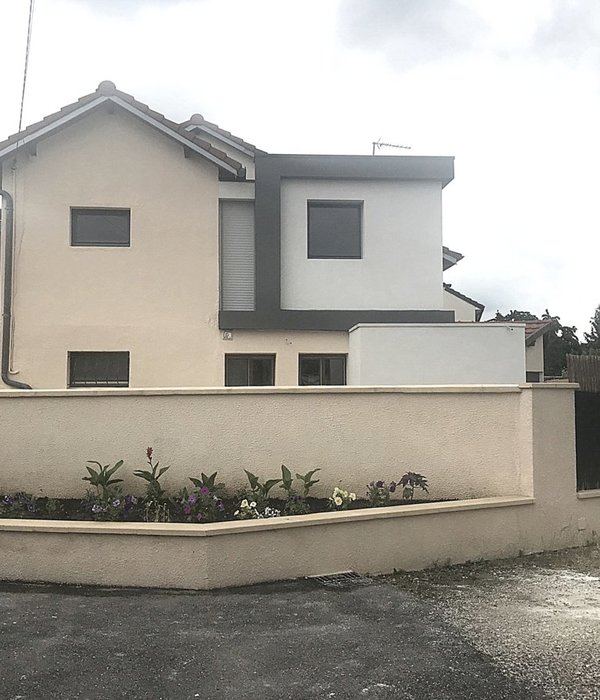意大利罗马 Camplus San Pietro 学生公寓,简约环保设计典范
Architects:Roselli Architetti Associati
Area :4000 m²
Year :2021
Photographs :Luigi Filetici
Manufacturers : iGuzzini, ATHEA Pavimenti, Contract Arredo Design, Davide Groppi, Homes, Mc.Alf, SMEAiGuzzini
Lead Architects :Riccardo Roselli, Katia Scarioni
Structure :Proges
MEP :Polistudio AES
Landscape :OSA architettura e Paesaggio
Lighting Design :Baldieri srl
Urban planning :Bioedil Progetti
Project And Construction : ManagerAntonio Cesareni
Design Architect : Marta Pagliaccia, Lorenzo Miani, Gianleo Gruosso, Federico Alicanti
Program / Use / Building Function : Student housing
City : Roma
Country : Italy

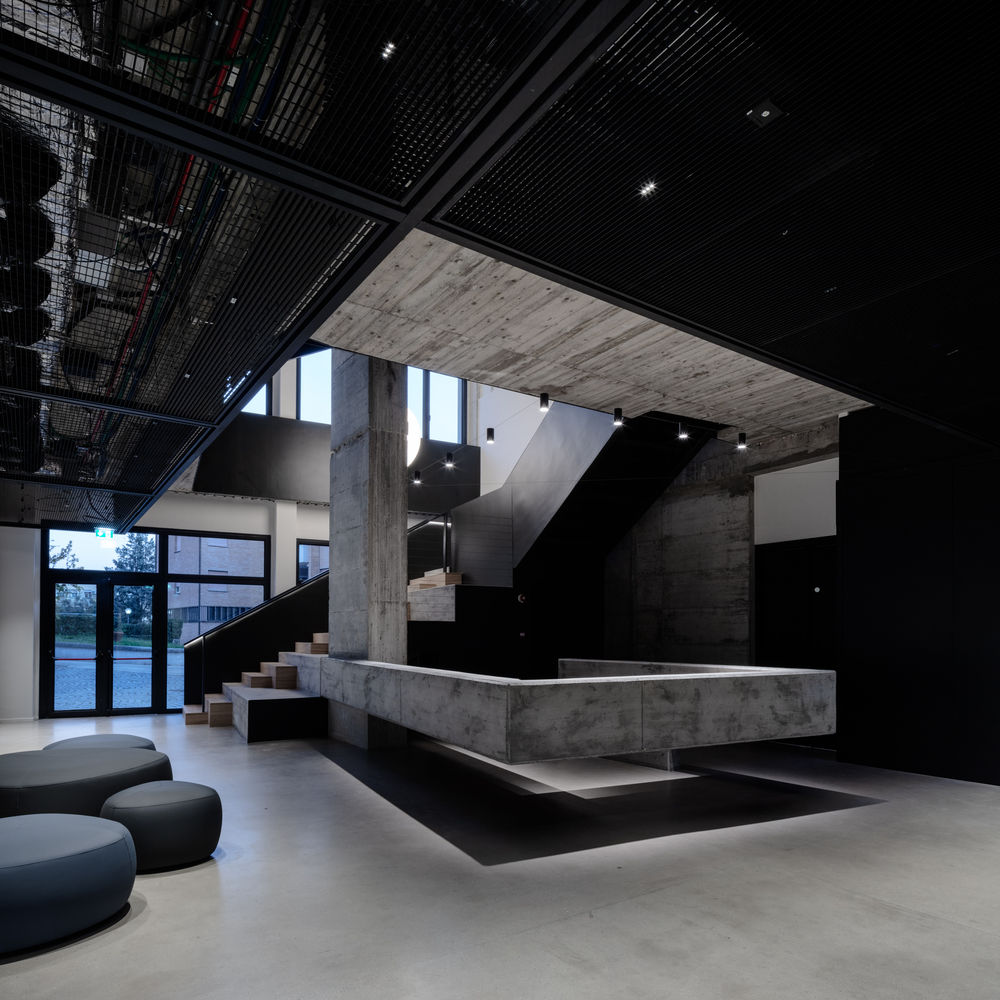
CAMPLUS San Pietro is a student residence located in the heart of Rome next to Vatican City. This conversion of a five-story building of a former nursing home included seismic retrofitting and improvement of its functional and energy efficiency.
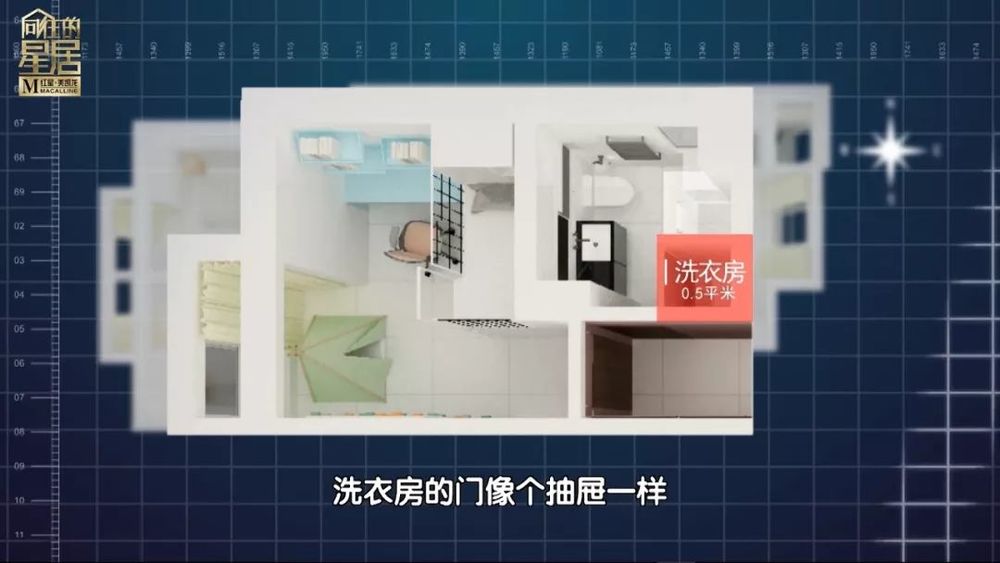
The architectural decisions of leaving the MEP installations visible or partly covered, the essential approach that tries to lend a graceful look to the rough unfinished materials used for the structure, and the minimal design and technical look of the heating panels fixed on the wall defined the minimalistic style of the project.
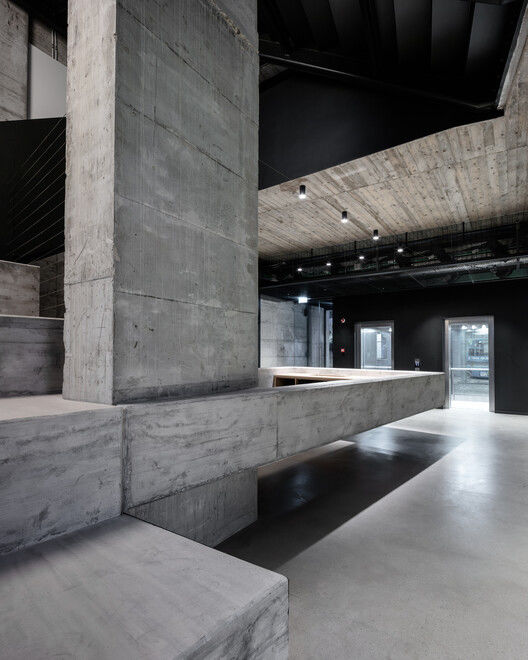
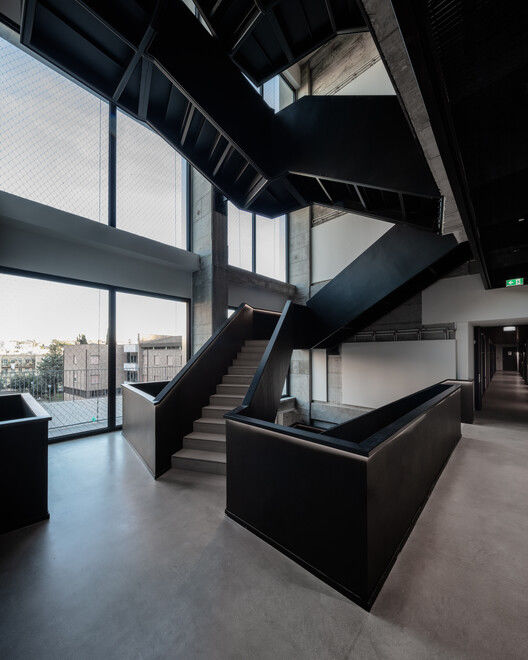
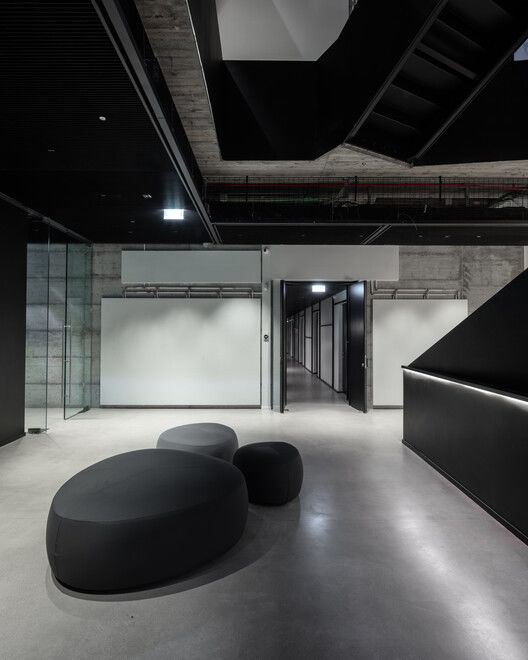
The ground floor and the first floor host the lobby, study area with study cubicles for tutoring, shared kitchen, locker room, cafeteria, and laundry area. All common areas have been designed as flexible spaces in order to adapt to any activity required by dynamic student life. The main stairwell was demolished and completely rebuild offering in its new version areas for social interaction besides its main objective of serving as a connection between the different floors.
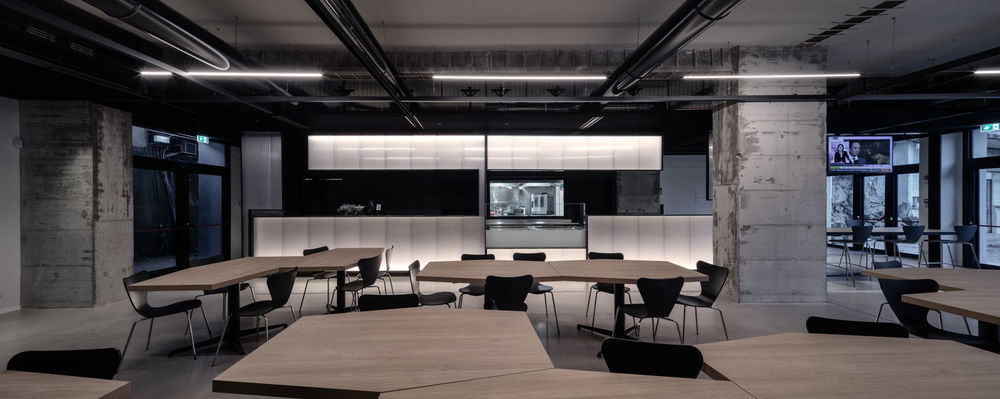
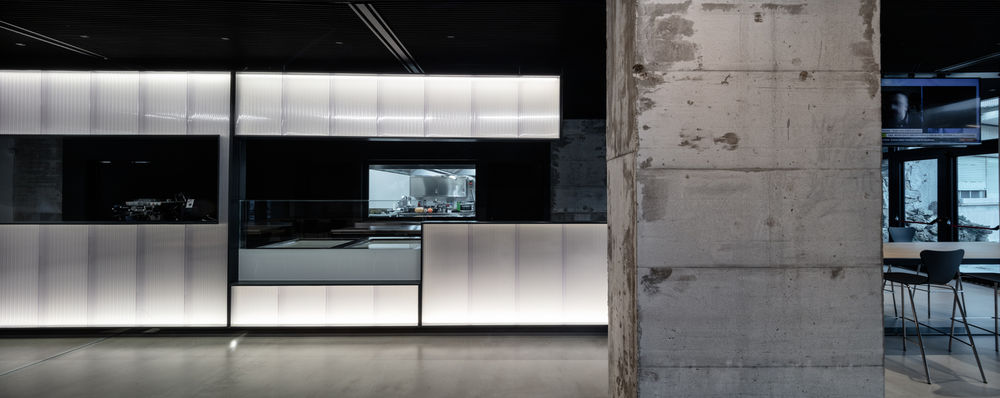
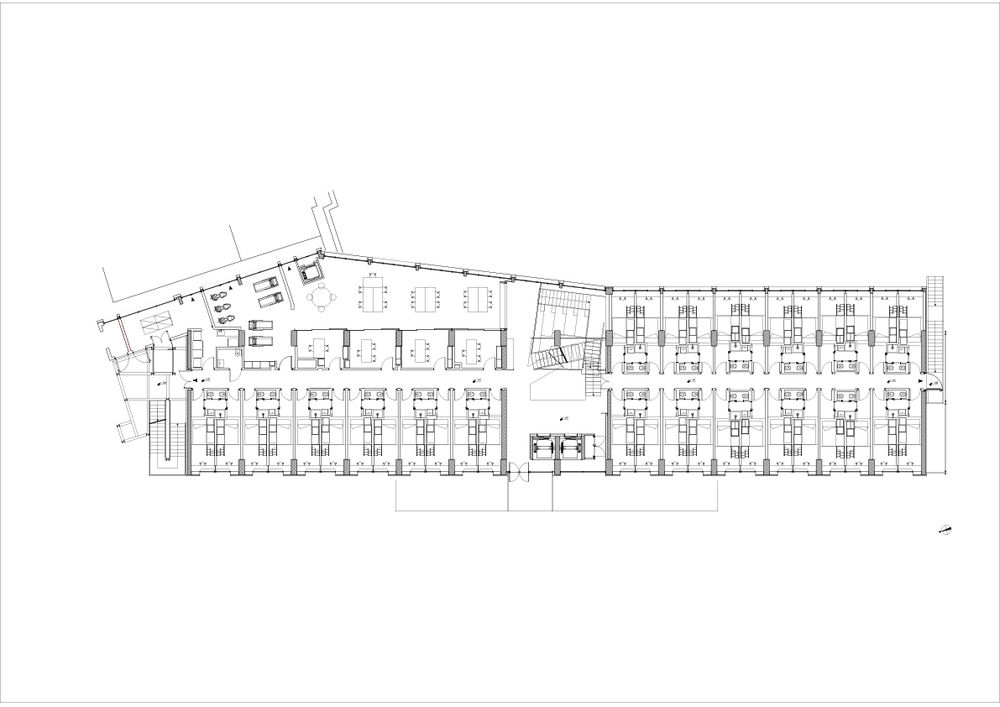
This student residence offers accommodation to 178 students with the possibility of choosing between single and double rooms. All bedrooms benefit from high ceilings which allow the use of raised beds as part of an elegant metal structure with different functions. As a result that the bed area is clearly differentiated from the rest of the room giving the bedroom a loft feeling.
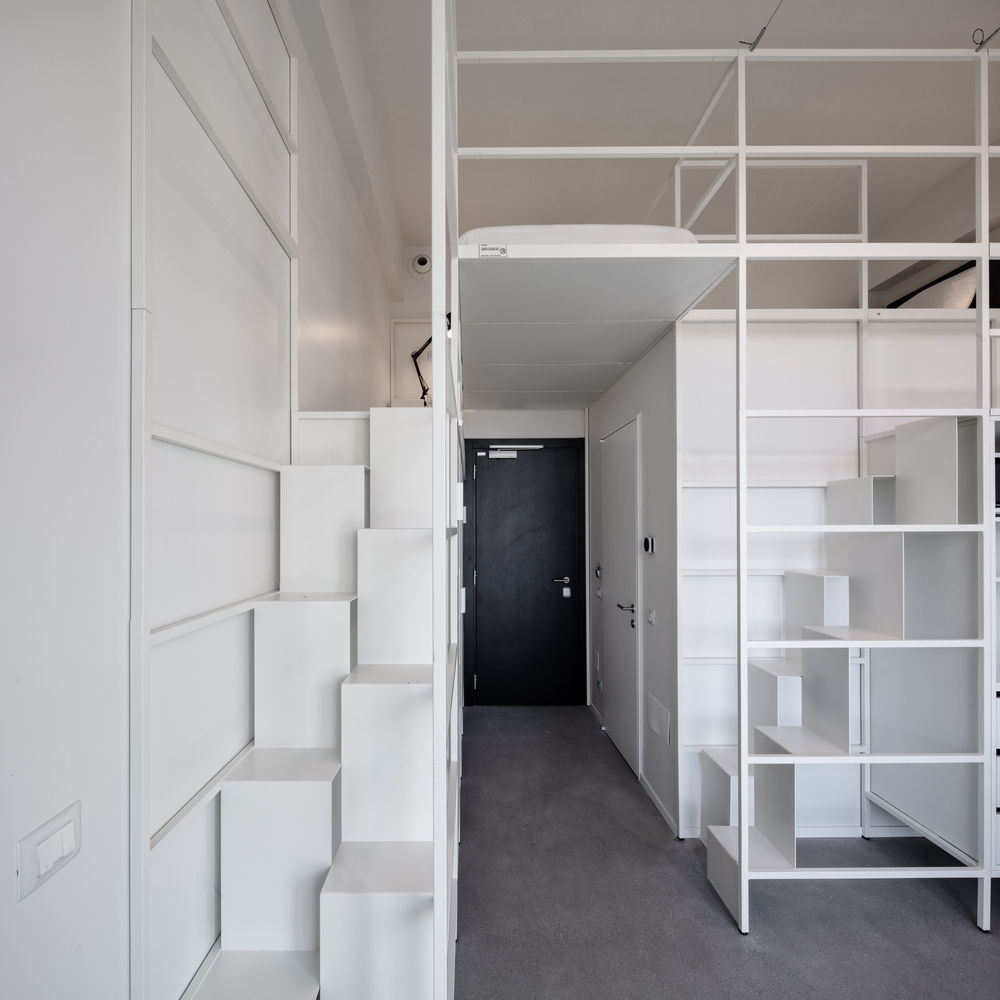
The exterior of the building is characterized by the living façade formed by different colorful low maintenance ivy types of fast growth and a metal mesh fixed to a structure that is anchored to the building. At its highest pace, the living façade will be able to absorb each year 811 kg of CO2 per square meter. The main garden area located on the West side of the project is accessible directly from the lower floor thanks to a series of retaining walls that allows a direct dialog between the inside and the outside of the building.
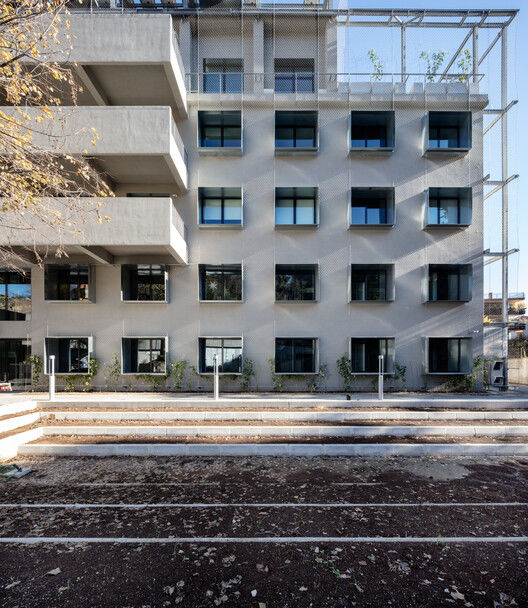
The parking area was designed according to the urban sustainable drainage principles using rain gardens and drainage pavers for driveways and pathways. The landscape project plans to diminish the effects of global climate change by reducing the impermeable surface area of the project from 44% to 15% and by planting 102 new trees that will potentially absorb 22 088 kg of CO2 per year. As a result of the previously mentioned nature-based solutions around 77 kg of harmful pollution agents and a substantial part of the carbon footprint of the building will potentially be absorbed each year.
